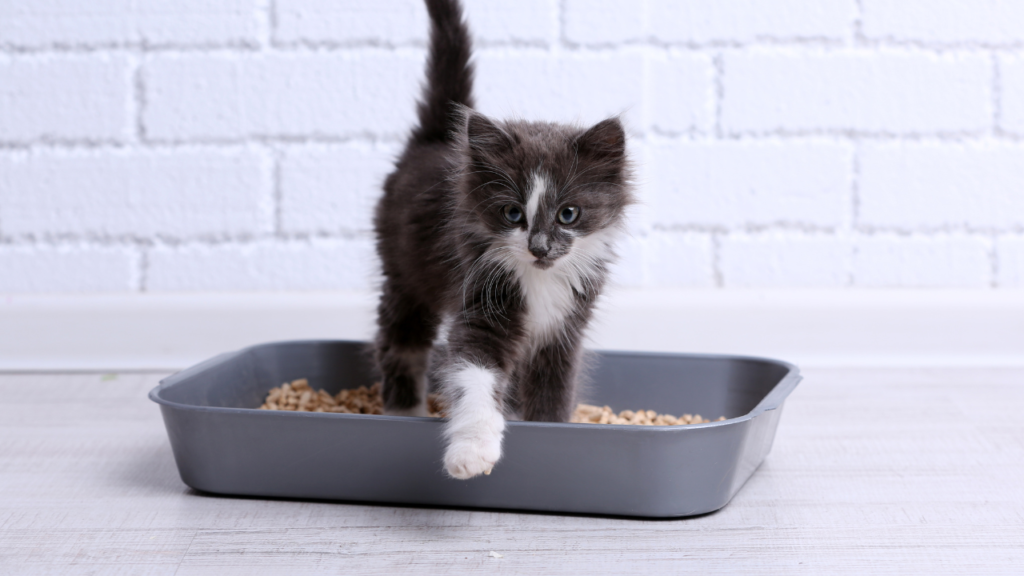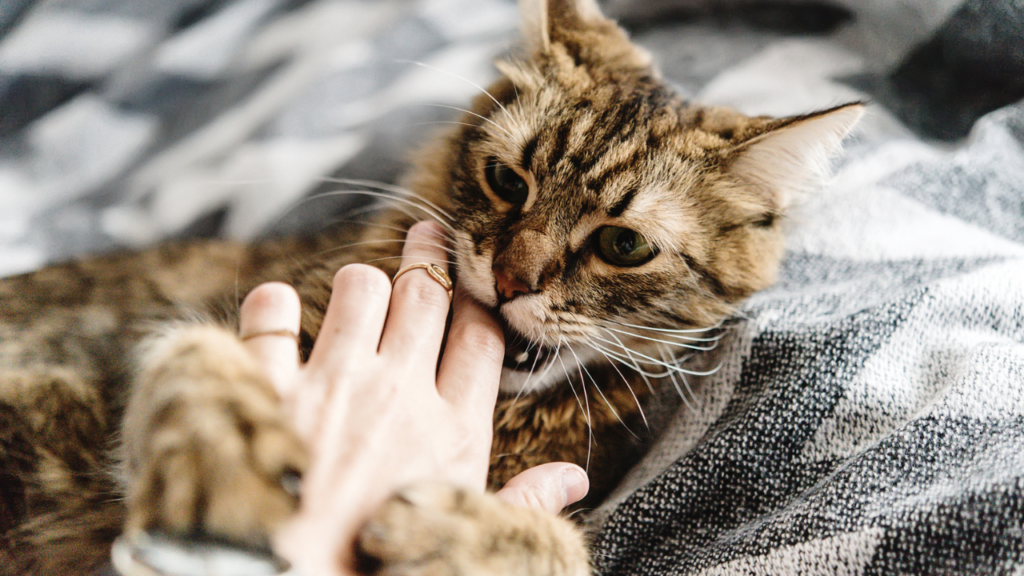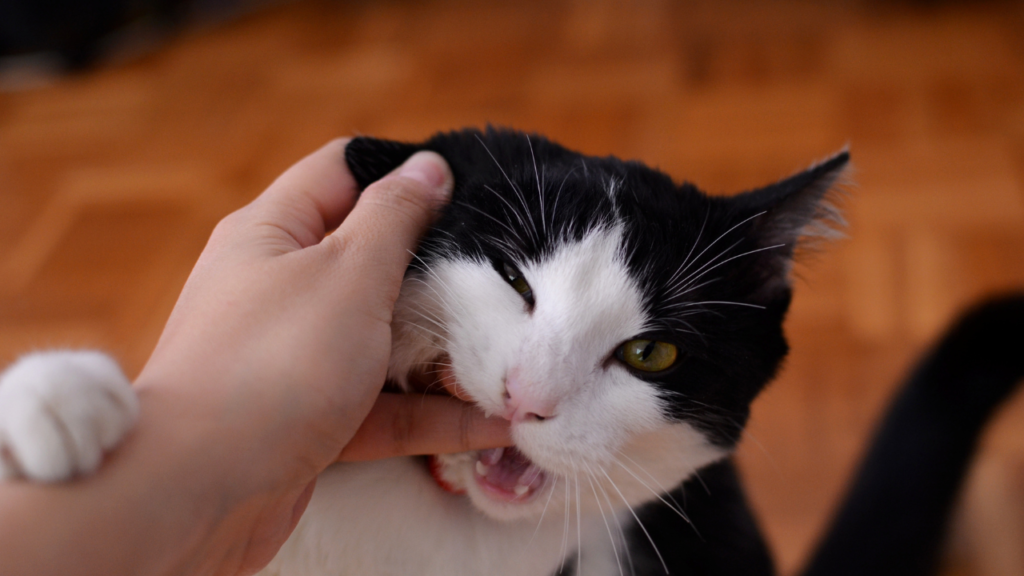The cutest toy dog breeds (that also make excellent pets)
Table of Contents

You’ll enjoy the beautiful looks and feisty personalities of these cutest toy dog breeds.
When you think of a dog, we assume you see a statuesque German shepherd or a lovely, droopy-eared golden retriever. However, some of the best and most devoted pals lack size and hunting instincts while being clearly canines.
Toy dogs are a distinct breed group, alongside terriers and herders. While pups in the toy group are not genetically related, they share a few features. Most obviously, toy dogs are lovely. If you want to bring a teddy bear to life, pick one of the most adorable toy dog breeds.
What characteristics distinguish a dog as a toy breed?

Toys are generally smaller, less wolf-like, and more bonded to their humans. That is because, unlike some other pets, they were not developed to do anything specific and instead fell squarely into the category of companion animals.
Dogs weighing less than 20 pounds are not always considered (or behave as) toys; several terriers, such as the Jack Russel, fall into this group. Instead, toys have unique personalities that endear them to their owners. While some people consider little dogs to be yappy or high maintenance, they can make excellent pets for others.
Which are the most adorable toy breeds?

It depends on what you’re searching for, but when it comes to sweetness, these dogs nearly never disappoint. As previously said, toy breeds are not closely related, yet they have been bred over hundreds, if not thousands, of years to appear small and angelic. This can lead to a number of health difficulties common to many toy breeds, such as dental problems and patella disorders. However, they frequently bring amazing personalities and passionate loyalty. Furthermore, little dogs live longer lives, flourish in cities, and travel easily. Consider one of these miniatures to begin your toy collection.
Chihuahua
We’re bringing out the youngest first. While Chi mixes can weigh up to 10 pounds or more, the official breeding standard states that they should weigh no more than 6 pounds. Despite their little stature, they frequently have the most outgoing personalities. You’ll have your hands full with a Hua, but they’re highly smart and will never look away from their owner. Many Chihuahuas are food motivated, which can be beneficial when training them—an absolute must otherwise they would become small terrors.
Maltese
Many of the dogs on this list are unlikely to win any running competitions, but the Maltese is remarkably agile for its size. You will be unable to resist its face with its large eyes and silky fur. Keep in mind that your Maltese will require frequent grooming, such as brushing and bathing.
Cavalier King Charles Spaniel.
The Cavalier King Charles spaniel is known as one of the biggest furry pals on this list, weighing up to 18 pounds. Many owners choose this breed because the little puppies are more athletic and active than other toys. In addition, King Charles pets will become accustomed to other dogs, youngsters, and, in some cases, cats. Of course, beauty does not come cheap, and you will need to keep up with their coat, but otherwise, consider these gentlemen to be low-maintenance dogs.
Poodle
Don’t worry, we’re not talking about the regular size, which may reach up to 70 pounds. Toy poodles stay little and live a long time—plus they’re hypoallergenic. Poodles adore both playing and cuddling, so you may have your job cut out for you. In addition, their hair may require expert care and must be cut on a regular basis.
Yorkie
Yorkshire terriers are classified as toy dogs, rather than terriers. You’ll see it a lot on this list, but Yorkies require daily brushing and combing. These pets crave attention, including walks, and like pleasing their owners. To find the ideal sidekick, you should begin training them at a young age and use positive reinforcement.
Pug
Pugs are said to have originated in China and were possibly bred for rulers around 2,000 years ago. Today, you’ll like your pug, which comes in a range of colours but always has a delightfully stocky body. Because of this, keep a close eye on their weight, as pugs can gain weight if their diet is not adhered to.
Before you bring home a toy breed, be sure you’re prepared for the challenge. Pet owners occasionally misjudge the amount of labour required to live with a little dog, which can be significantly greater than that of a large breed. Little dogs require just as much training, extra attention, and exercise. Of course, your new pet might enjoy living in an apartment, but make sure the surroundings provides lots of mental stimulation. You’ll enjoy playing with them because they’re so adorable.
The cutest toy dog breeds (that also make excellent pets) Read More »




























